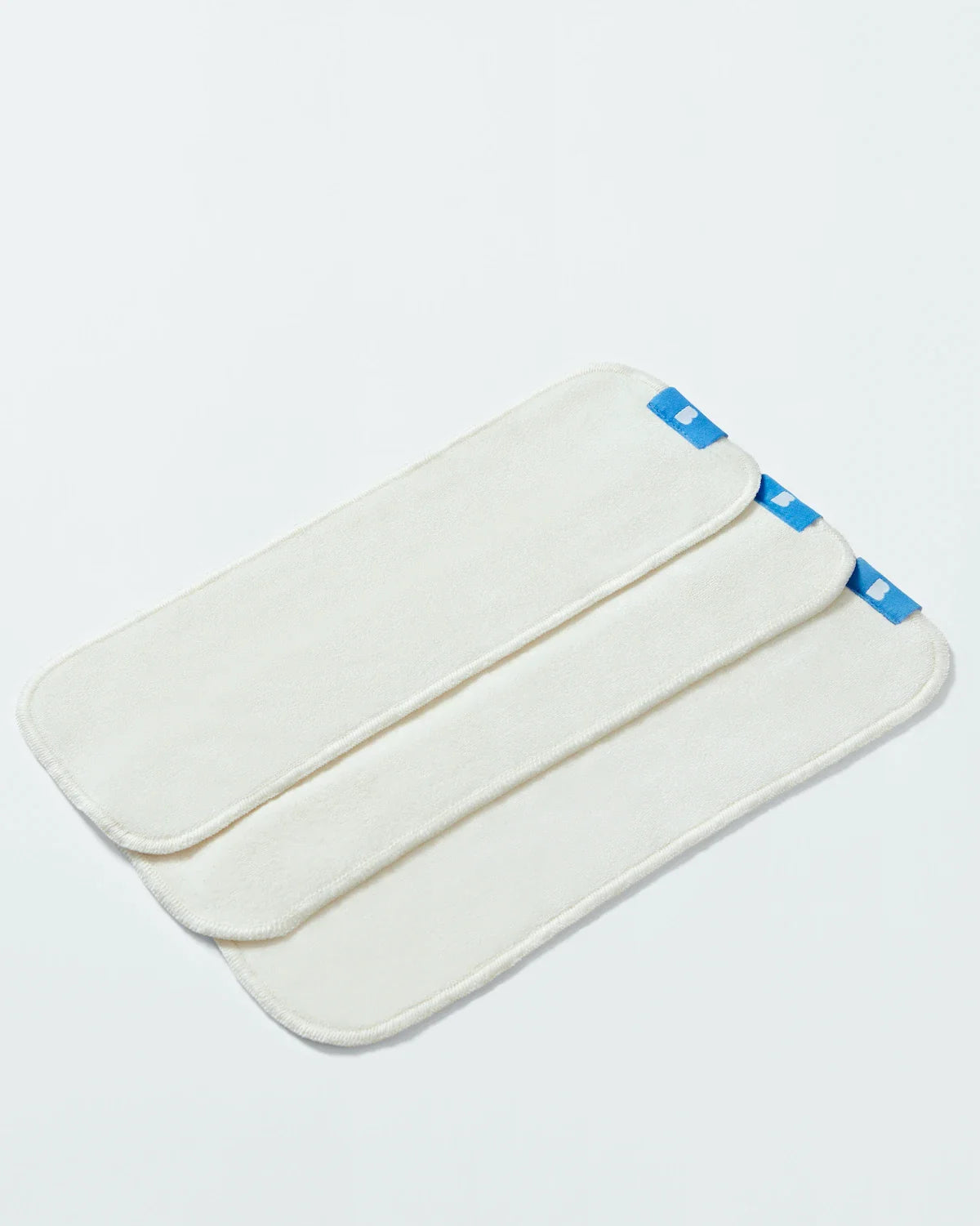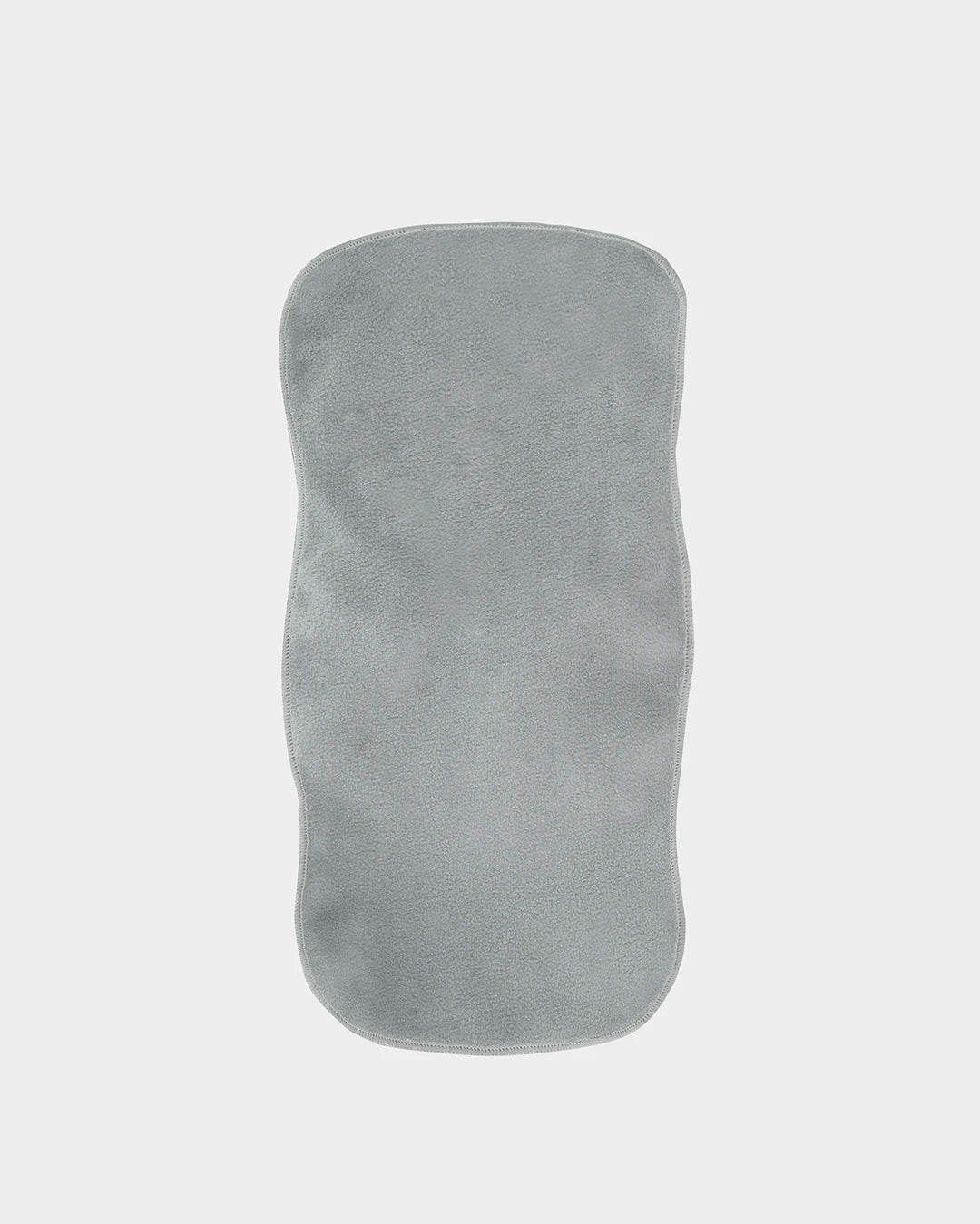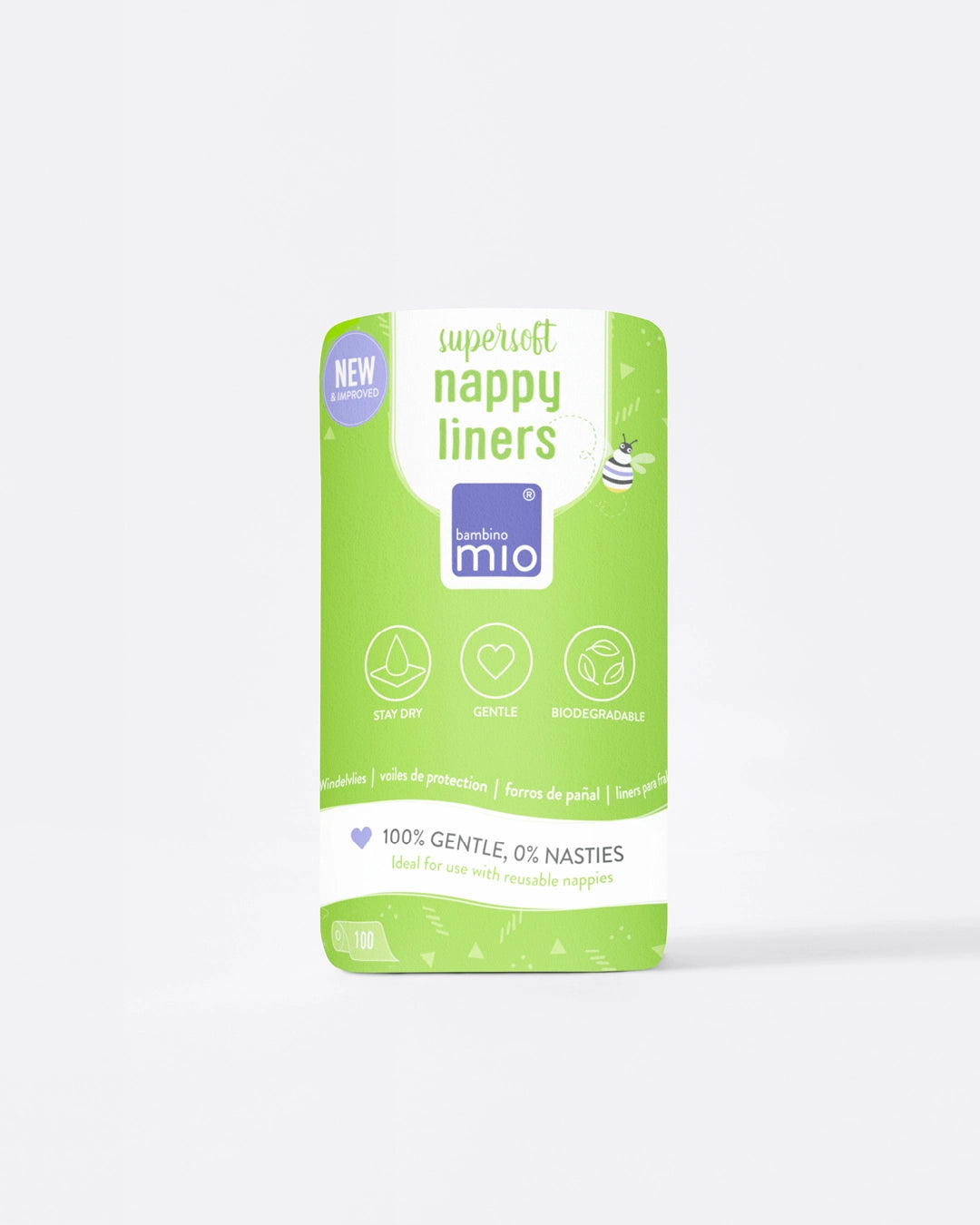Understanding the Fourth Trimester: A Detailed Guide
Share Options
- Bambino Mio
- 22 / 05 / 2023

Inside this Article:
Find out about the fourth trimester theory and how you and your baby can make the most of this important period of life.
What is the fourth trimester theory?
Pregnancy in humans lasts for three trimesters, or three 12-week periods. The fourth trimester is the three-month period after the baby’s birth and it’s a crucial time in terms of development and bonding, as well as adjustment to life in the big wide world.
US paediatrician Dr Harvey Karp proposed his theory of the fourth trimester back in 2002. This theory says that human babies are born three months “early”, because if they grew any bigger, the human pelvis, which has evolved for upright walking, would be too small to deliver them.
The fourth trimester is a period of transition
Dr Karp theorised that this 12-week period can be a tough transition for your tiny baby as they still need the sort of environment they had in the womb.
There are, according to Dr Karp, several ways to recreate this gentle cocoon so that your baby finds it easier to emerge at their own pace. Birth can be quite a shock to the system, especially if (if the theory is right) it’s a little too soon.
Here’s how to make the fourth trimester work
Offer lots of skin-to-skin contact
With skin-to-skin contact, your baby can hear and feel your heartbeat, just as they did in utero, and feel the warmth of your body, which helps them to stabilise their own temperature. Breastfeeding is a good time to build in skin-to-skin contact, as well as nappy changes, which will be a very regular occurrence in the first three months!
Swaddling or slinging your baby
After nine months in an increasingly enclosed, safe space, it can be somewhat daunting for your newborn not to have that constant contact and pressure around their little body.
Carrying your baby in a sling as you go about your day and swaddling them for sleeping times is a good way to replace that constant contact.
Nestling in a sling as you walk around also provides the rhythmic movement they knew while in your womb and can help your baby to settle, especially in the evenings.
What your baby achieves in their fourth trimester
While the first three months often pass by for you in a blur of feeds, nappy changes and sleepless nights, your baby is very busy indeed!
During the fourth trimester, your baby is learning how to perceive the world around them and to use their senses to interpret this strange new place.
While they’re still totally dependent on you at this stage, your baby is gaining the skills that will enable them to become more independent as they grow, such as:
- Communicating with noises - mostly crying at first, but this will soon turn into squeaks and coos and you’ll learn to understand them
- Strengthening their neck muscles and learning to hold up their head without your support
- Learning to focus their attention on objects and to follow them with their eyes
- Learning how to control their muscles
- Smiling and sometimes even laughing
There’s a lot to learn when you’re a baby and there’s a lot to learn as a new parent, too. You have to learn to follow your baby’s cues, work out when they’re hungry, tired or need their reusable nappy changing.
Even though newborn babies need up to 17 hours of sleep every 24 hours, they don’t sleep in big blocks just yet and so neither do you! It really does pass very quickly, though and before you know it, the fourth trimester is over and you see their personality coming through.
The fourth trimester for mum
The fourth trimester is a big transition for mums, too. While most of the focus is on the baby once you’ve had them, you’re still also going through some changes.
Your body is adjusting to not being pregnant anymore. You’ll be dealing with postpartum hormone changes, your internal organs resuming their original positions and you’ll be bleeding a little for a few weeks.
If you’re breastfeeding, you’ll be working hard to establish your milk and a feeding routine as well as cooking, washing nappies and clothes and doing all the other things that come with early parenthood.
It’s important to recognise your own fourth trimester
Although you can hold your own head up and (just about) focus on track moving objects, you need care and attention as well.
You’ll have some postnatal checks with your doctor or midwife and these are a good opportunity to raise any concerns you might have about your own health and wellbeing.
Even if you’re feeling pretty chipper, you should:
- Make sure you’re eating a nutritious and well-balanced diet as much as possible (chocolate actually is one of the food groups during this time…)
- Get some rest whenever you can; even a 15-minute power up when your baby naps can make a difference
- Don’t hesitate to call your doctor, midwife or health visitor if you feel unwell or “off” in anyway
- If you’re feeling a little down or overly anxious, definitely call your healthcare provider as this could be a sign of postnatal depression and there’s lots of help out there for you
The fourth trimester is a very special time for your family and your new baby but it’s also an intense time, so go at your own pace and, above all, savour it because it’s over all too soon!
Citations and References
(1) Gale Academic Onefile. Harvey Karp. ‘The "fourth trimester": a framework and strategy for understanding and resolving colic: one pediatrician's quest to find the answer to colic leads to a hypothesis about the condition and a five-step technique pediatricians can teach parents to calm their crying baby.’ 2004. Web. go.gale.com/ps/i.do?p=AONE&u=googlescholar&id=GALE%7CA113893790&v=2.1&it=r&sid=googleScholar&asid=fef3e04c
(2) Arizona State University. Ask an Anthropologist. ‘Babies, Birth and Brains.’ Web. askananthropologist.asu.edu/human-pelvis-size
(3) National Library of Medicine. BMC Pregnancy Childbirth. ‘Duration of Skin-to-skin Care and Rectal Temperatures in Late Preterm and Term Infants.’ 2022, Web. https://www.ncbi.nlm.nih.gov/pmc/articles/PMC9392909
(4) National Health Service (NHS). ‘Your Baby’s First year: 0-6 Months.’ Web. derbyshirefamilyhealthservice.nhs.uk/our-services/0-5-years/development-0-6-months/development-0-6-months
(5) National Health Service (NHS). ‘Caring For a Newborn Baby: Helping Your Baby to Sleep.’ 2021. Web. www.nhs.uk/conditions/baby/caring-for-a-newborn/helping-your-baby-to-sleep
(6) National Health Service (NHS). ‘Your 6-week Postnatal Check.’ 2022. Web. www.nhs.uk/conditions/baby/support-and-services/your-6-week-postnatal-check
(7) National Health Service (NHS). ‘Keeping Fit and Healthy with a Baby.’ 2022. Web. www.nhs.uk/conditions/baby/support-and-services/keeping-fit-and-healthy-with-a-baby
(8) National Health Service (NHS). ‘Overview - Postnatal Depression.’ 2022. Web. www.nhs.uk/mental-health/conditions/post-natal-depression/overview





























